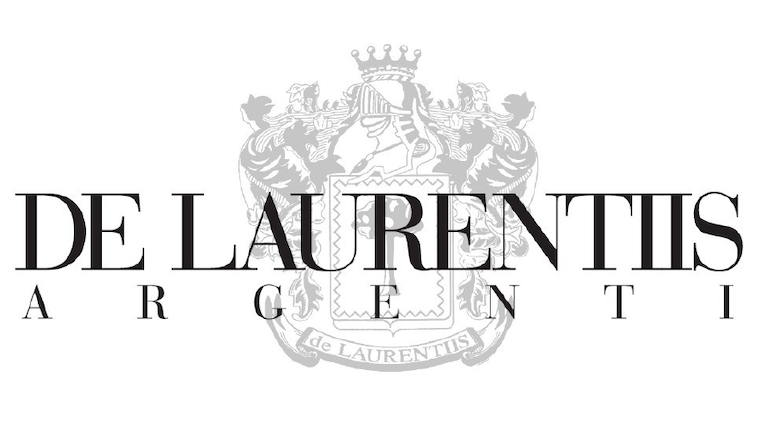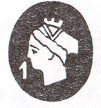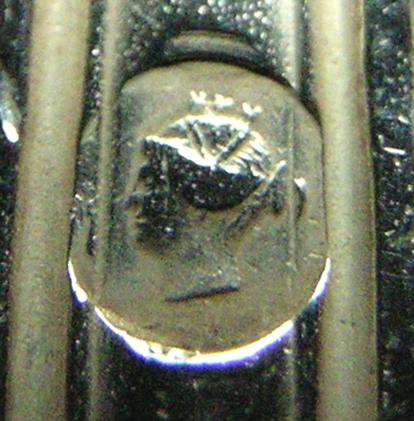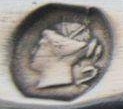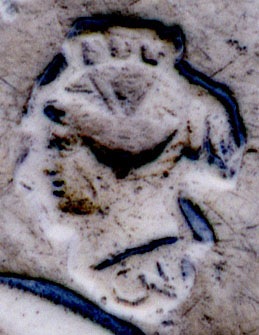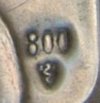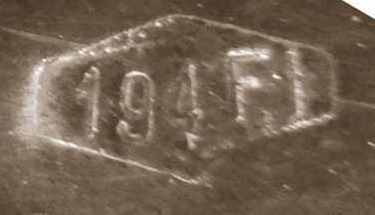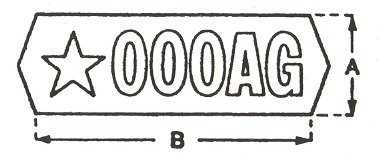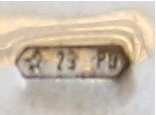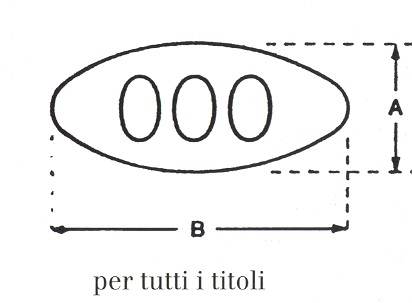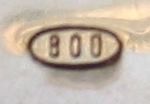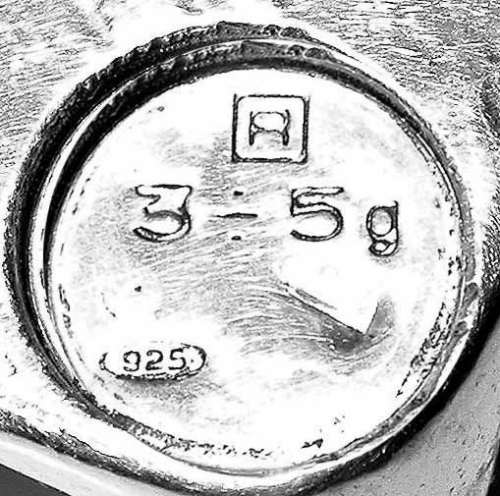ITALIAN SILVER PUNCHES FROM THE UNIT OF ITALY TO OUR DAYS
This section presents a brief excursus of the silver punching system in Italy, from the unity of Italy to the present day. In 1861, with the unification of Italy, a single silver punching system was introduced, abandoning the old methods used in the various pre-unitary states. The Law of 2 May 1872 liberalized the processing of silver, introducing only an optional punching system for verifying the silver title.
PUNCHES (LAW 2 MAY 1872):
|
|
optional stamping, 950/1000 silver |
|
|
optional stamping, 900/1000 silver |
|
|
optional stamping, 800/1000 silver |
At the time, Italian silversmiths rarely subjected their pieces to official verification and punching. Usually silver had only the '800' stamp (800/1000 silver title) and, sometimes, even the silversmith's personal stamp. Being an unofficial punch there was no uniformity in the shape of the '800' punch.
|
|
'800' with oval outline and VM initials (the manufacturer's initials)
|
|
|
'800' without outline
|
|
|
'800' without outline accompanied by the silversmith's punch
|
|
|
'800' without outline
|
Law 5 February 1934 n. 305 provides for the use of a uniform mark for the identification of the silversmith. The new identification punch consists of a lozenge containing:
• a number corresponding to the identification number of the manufacturer);
• the lictorial bundle (symbol of fascism);
• two letters (indicating the abbreviation of the province);
The lozenge is accompanied by another oval punch containing the silver title expressed in thousandths.
PUNZONI (LAW 5 FEBRUARY 1934 n. 305):
|
|
'800' and lozenge with manufacturer's identification data
|
|
|
lozenge and littorio bundle
|
|
|
title '800 in an oval outline
|
The Lieutenant Legislative Decree 26 October 1944 n. 313 prescribes the elimination of the littoral bundle from the lozenge. In the impossibility of immediately disposing of the new marks for a certain period, the old punches were used, obliterating the lictorial bundle. In the period 1944/1946, also for the unavailability of the new punches, other unofficial marks are also used provisionally.
PUNZONI (LEGISLATIVE DECREE 26 OCTOBER 1944 n. 313):
|
|
lozenge without littorio bundle |
Law 30 January 1968 n. 46 and the subsequent Presidential Decree December 30, 1970 n. 1496 introduced new punches for stamping precious metals. The silver punch is modified by introducing a polygonal one, keeping the manufacturer's number and the abbreviation of the province, and adding the star of the Italian Republic on the left. The titles foreseen by the new rules are 925, 835 and 800 per thousand, inscribing the figure in an oval outline. This system is still in effect.
PUNZONI (LAW 30 JANUARY 1968 n. 46 and Presidential Decree 30 DECEMBER 1970 n. 1496):
|
|
polygon with 'star' |
|
|
title of silver in an oval outline
|
|
|
‘800’ |
|
|
‘925’
|
The Legislative Decree 22 May 1999, n. 251 introduces a new discipline for the punching of objects manufactured with precious metals and weighted inside by resin or mastic. The new punch consists of an R (abbreviation for Filled) inside a square outline, together with the numbers corresponding to the quantity of precious metal contained by the object.
PUNZONI (LEGISLATIVE DECREE 22 May 1999, n. 251):
|
|
this is a resin or mastic object covered with 3 to 5 grams 925 silver (brand 3 ÷ 5) |
The rules governing the matter are shown below.
(Article 39 of the Regulation containing rules for the application of Legislative Decree 22 May 1999, n. 251)
a) in objects partially or totally lined with precious metal foil, the use of mastic is allowed to fix the foil to its support, provided that the density of the mastic does not exceed 2.5 g / cm 3 and that its percentage by weight does not exceed 25% of the total weight of the object, and that the indication "R" enclosed in a square is engraved, accompanied by the indication of the weight of the metal, in grams and tenths of a gram, followed by the symbol "g" for platinum, palladium and gold coatings, and under the conditions set out in letter c below for silver coatings;
b) in the feet or bases of vases, candelabra, cups and similar objects, which for strength of use are reinforced and weighed down, the introduction of a metal filling is allowed, provided that this is applied so that it can be dismantled and that it is totally visible or that, if covered with metal or non-metallic plates or covers, this cover is fixed so that it can also be easily dismantled. The indication "metal" or the specific name of the metal or alloy used must be stamped on every part of common metal, including the cover plates. In the event that the cover plate is made of precious metal, it bears the identification mark, the indication of the title, the term "filled", as well as the weight of the fine metal expressed in grams followed by the letter "g" of the plate itself ;
c) filling in knife handles is allowed to fill with non-metallic substances without prejudice to the limits of density, and it is also allowed that the blade is fixed to the handle with non-precious metal welding provided that the term "filled" is engraved in each handle or optionally the indication "R" enclosed in a square, accompanied by the indication of the weight of the precious metal alloy, in grams and tenths of a gram, followed by the symbol "g". In silver handles, in which the weight of the precious metal is less than or equal to 50 grams, said weight can however be expressed rather than with its actual value, in an approximate manner, by following the letter "R" (filled) by one of the following notations: two digits, separated by the symbol "÷" followed by the letter "g", in which the figures represent, in grams, the minimum and maximum values within which the weight itself is to be understood as contained: 1 ÷ 2, 2 ÷ 3, 3 ÷ 5, 5 ÷ 7, 7 ÷ 10, 10 ÷ 13, 13 ÷ 16, 16 ÷ 20, 20 ÷ 25, 25 ÷ 30, 30 ÷ 35, 35 ÷ 40, 40 ÷ 45, 45 ÷ 50.
